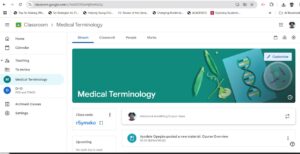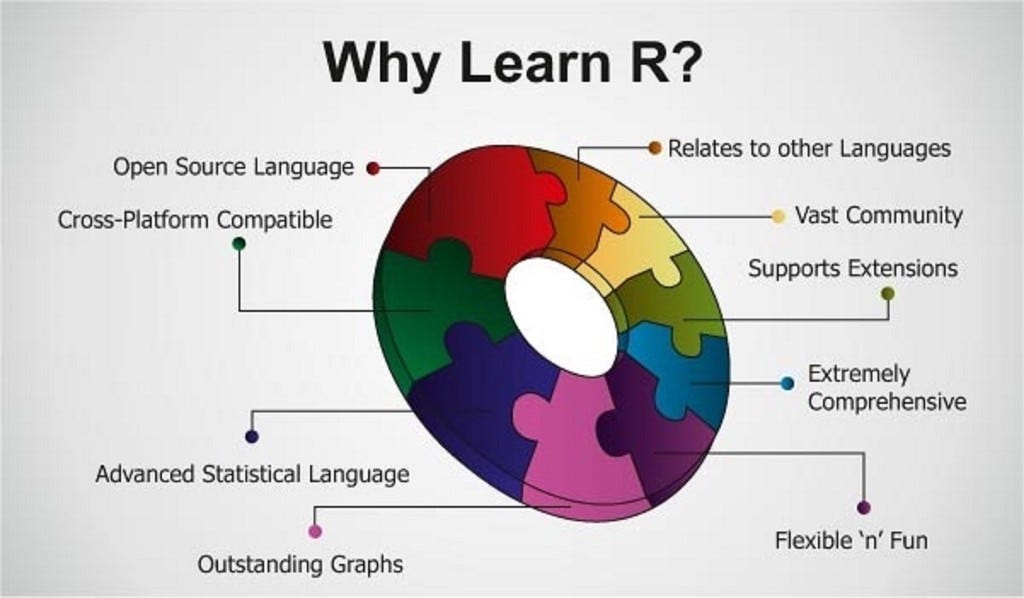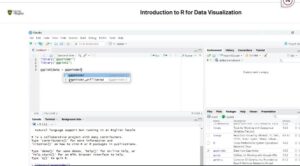The United Nations Educational, Scientific, and Cultural Organization describes “Open Educational Resources (OER) as “learning, teaching, and research materials in any format and medium that reside in the public domain or are under the copyright that has been released under an open license that permits no-cost access, re-use, re-purpose, adaptation, and redistribution by others” (UNESCO, 2019:5).

Image copied from https://libguides.federation.edu.au/oer
The OER movement seeks to enhance educational quality and democratize knowledge, to make resources accessible to all learners, to ensure inclusive and equitable quality education, and to promote lifelong learning opportunities for all (SDG 4). OER are not limited to learning content but also include digital tools and other intellectual property that can be used in any context. One key feature of OER is the flexible nature of the materials created, which makes them adaptable to specific needs or contexts.

Image copied from https://libguides.federation.edu.au/oer
As an educator and emerging researcher, I have been privileged to utilize several OERs for my personal development. These resources basically help to increase access to learning and are sometimes used to address issues of cost of textbooks, quality/up-to-date information, and equity, especially for people living in economically disadvantaged communities or those with lower socioeconomic status. A typical example of an OER that I have always used is the PhET interactive simulations, which are provided under the Creative Commons Attribution (CCA). The PhET simulations can be used for teaching science and mathematics across all age groups. One of the reasons I love using PhET interactive simulations is that it bridges issues around lack of laboratory equipment, which tend to hinder students from engaging in experimental activities. More importantly is the fact that the PhET platform is easily accessible online at no cost. It also helps to promote student engagement and enhance teacher’s pedagogy.
The use of open educational resources where teachers are able to retain, reuse, revise, remix, and redistribute materials has opened up more possibilities for teachers’ collaboration on innovative educational practices, resulting in what is referred to as OER-enabled pedagogy (OEP). OEP has been shown to increase how teachers network and collaborate and stimulate reflection on their teaching practices while also creating opportunities to access high-quality, digital teaching materials (Arispe et al., 2023; Wiley & Hilton, 2018). Using OERs becomes valuable, particularly in contexts where resources are lacking or outdated and curricula/course materials are dependent upon decisions imposed by school districts or states. The value of OERs for students with access to them lies in their ability to help students prepare for a topic or lesson in advance, thereby facilitating the learning process, saving instructional time, promoting personalized learning, and potentially improving grades.
Based on the internationally agreed documents led by multilateral organizations like UNESCO and the Commonwealth of Learning (COL), many countries now support the development of OER as a way to provide high-quality learning materials to students and provide primary and secondary education for all while making higher education more affordable (Kanwar, 2015). One particular thing I have noticed is that most of the available OERs seem to be generated more from industrialized/developed countries as compared to developing countries. However, there are claims that a lack of funding opportunities, understanding of copyright, and open licensing could be a potential roadblock to OER development. Another challenge to the adoption of OER could be associated with the fact that many teachers don’t know how to find, use, or create OER effectively, which limits their ability to integrate these resources into their teaching practices. There are schools that lack access to technological resources like internet facilities and IT experts, which can discourage teachers from adopting OER in their classrooms. I could remember visiting a school that had projectors and computers in the science laboratory but did not have access to the internet or data connectivity. Unfortunately, the school management indicated insufficient funding as a hinderance to teachers use of those resources. Inasmuch as OERs are beneficial, I know that not all students can access these resources, and this can further widen the issue of the digital divide causing educational inequalities. During the class discussion, colleagues mentioned how some teachers are always hesitant to share their materials, and this can also frustrate teachers from adopting OERs.
Reflecting on how OERs can be improved, I think this could include promoting teachers and students to work together in creating OERs, as well as encouraging a collaborative practice among teachers where they are able to share their resources with one another. I also think creating awareness on the benefits of sharing resources within a community of practice could be instrumental in how the use of OERs can be improved.
- I remember colleagues talking about teachers making money by selling their resources online. How do you think this can be used in improving the development and adoption of OERs?
- I would also love to know how you are using OER in your classroom as an educator.
- What role do you think educational stakeholders play in the development and adoption of open educational resources?
References
Arispe, K., Hoye, A., & Palmer, K. (2023). The impact of open educational resource professional development for teachers in secondary education. Open Praxis, 15(4), 303-313.
Kanwar, A. (2015). Open Education Resources: What, why, how? Available at Commonwealth of Learning Newsletter
United Nations Educational, Scientific and Cultural Organization (2019). Recommendation on Open Educational Resources. Available at Legal Affairs/OER
Wiley, D., & Hilton Iii, J. L. (2018). Defining OER-enabled pedagogy. The International Review of Research in Open and Distributed Learning, 19(4).













